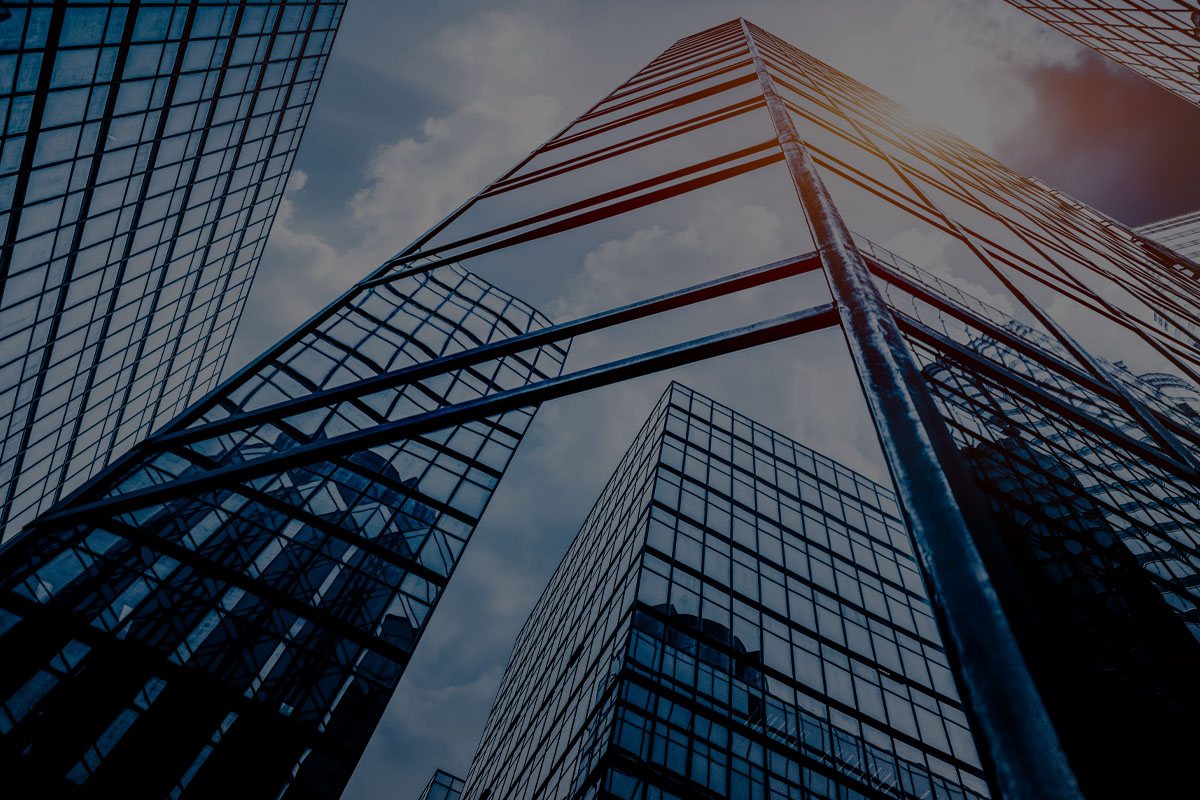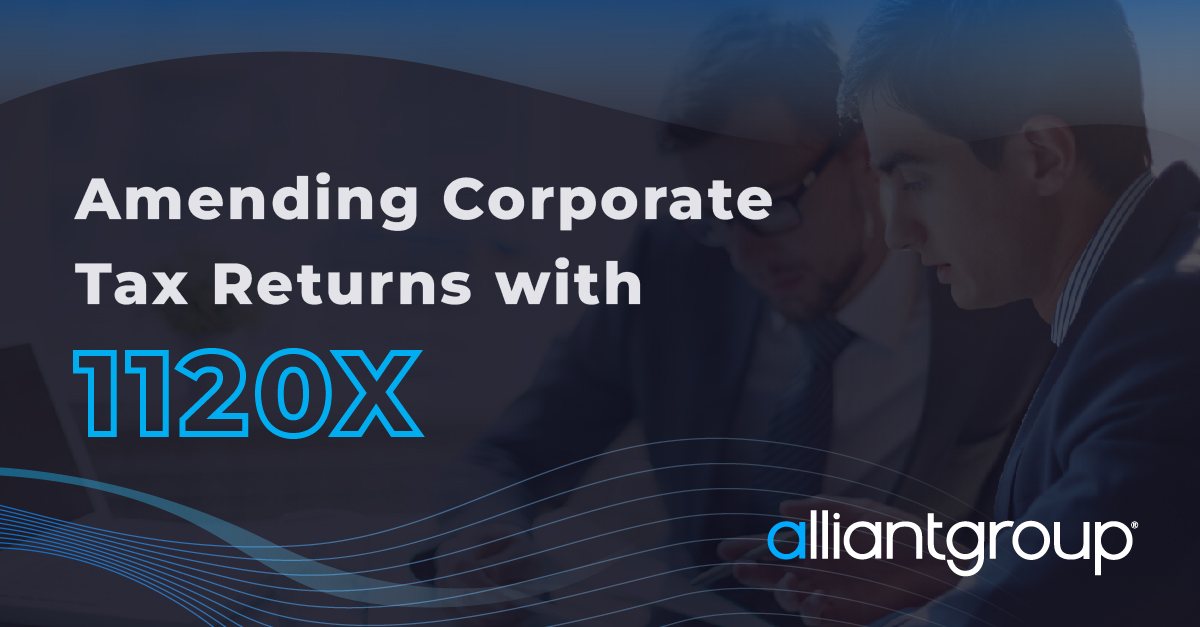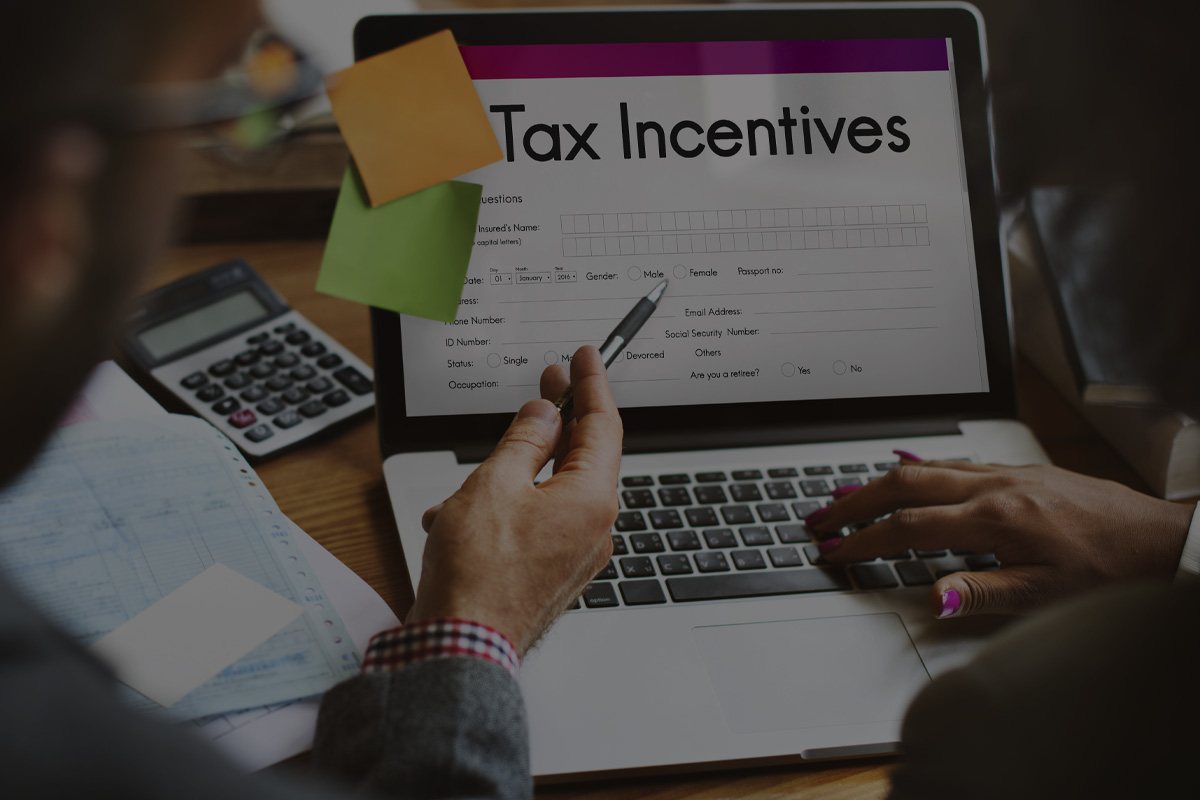[vc_row bg_type=”bg_color” bg_color_value=”#f5f5f5″ css=”.vc_custom_1618938311697{margin-top: 0px !important;margin-right: 0px !important;margin-bottom: 0px !important;margin-left: 0px !important;padding-right: 1em !important;padding-left: 1em !important;}”][vc_column][vc_column_text el_class=”article-info”]by alliantgroup staff, Houston, TX (International Headquarters)
October 21, 2021[/vc_column_text][/vc_column][/vc_row][vc_row][vc_column][vc_column_text]Did you know that you can save thousands of dollars through a federal tax incentive on work done to make government buildings more environmentally sound? The 179D energy efficient tax deduction is a tax saver that can be applied on energy-efficient improvements to commercial and government-owned buildings.
What is the Section 179D Tax Deduction?
With the 179D tax deduction, taxpayers can now claim $5.00 per square foot (thanks to the Inflation Reduction Act) on government buildings by making efficiency improvements. The intent of the credit is to increase the nation’s energy independence from foreign countries and to make American businesses more competitive. The Section 179D deduction is a permanent tax incentive that makes it lucrative to create energy efficient buildings for owners and designers.[/vc_column_text][/vc_column][/vc_row][vc_section][vc_row][vc_column][vc_empty_space height=”25px”][/vc_column][/vc_row][vc_row][vc_column][vc_column_text]Who can Claim Section 179D Energy Efficient Tax Deduction?
The 179D deduction can be claimed by program managers, construction managers, designers, architects, construction contractors, general contractors, engineers, and sustainability consultants who work on local, federal, or state government property.
The kinds of Government buildings include-
- Schools
- State Universities
- Libraries
- Townhalls
- Airports
- City parks
- Post offices
- Courthouses
- Prisons
[/vc_column_text]
179D | Estimate Your Deduction
Complete the form below to estimate the deduction amount your company may be entitled to.
Claiming the 179D Deduction requires a third party to certify the qualifying projects who should use IRS-approved energy software to understand, model, calculate, and evaluate the energy efficiency of the building.
Step 1: Modelling against references
Energy efficiency is a relative measure comparing the buildings energy consumption relative to a defined government. This model compares the energy efficiency of the building with a reference building that meets the standards set by ASHRAE 90.1 (American Society of Heating, Refrigerating, and Air-Conditioning Engineers).
Step 2: Physical visit by third party
An authorized third-party must complete a physical visit of the building to check for any energy-efficient improvements that might come under the claim purview. The qualified third party must be licensed for 179D in the state where your building is located. This is extremely important and crucial to getting the tax deduction. The third party will also review, check, and analyze the comparison between the digital results and physical examination of the building.
Step 3: Documentation
The third party needs to verify and sign the documentation certifying that your building meets the requirements for 179D tax deductions. This is necessary to verify that the government building qualifies for the 179D tax deduction.
Step 4: Allocation Letters
As government entities do not pay tax and therefore cannot claim deduction, the 179D deduction savings can be passed on to a qualified entity that implemented the energy efficiency improvements. However, the government entity must issue an allocation letter to the company doing the work for them to claim the deduction.
- The allocation letter from the government confirming ownership of the property needs to be signed by the authorized representative of the organization. This means a letter that shows the energy and power savings of the building needs to be signed by authorized personnel in the government plus the designer/architect/ engineer applying. Some specific information the letter needs to include is as follows-
- Name, address, and contact information of government-authorized agency
- Name, address, and contact information of the designer or representative
- Date the qualifying property came into existence
- Cost of the qualifying property
- Amount of deduction being allocated as agreed by both parties
- Signatures of both the members
- A report that certifies that the building qualifies for 179D deduction. This report needs to include an energy model that shows energy reduction compared to ASHRAE standards. The modelling needs to be performed by a IRS approved software program for 179D.
It is important to note that one needs to act quickly if you qualify for 179D deductions since allocation letters are issued on a first come, first serve basis.
When is the Right Time to Claim 179D Deduction on Energy Efficient Commercial Buildings?
Technically, a company should claim 179D in the same year that the energy efficient improvement came into service. However, it is also possible to retrospectively and prospectively claim the 179D deduction for open tax years.
We can Help! alliantgroup for 179D Tax Deduction
Section 179D Tax deduction on energy efficient commercial buildings is a great opportunity for entities and professionals who qualify. alliantgroup has delivered $3 billion in 179D tax deduction. You can avail a risk-free, preliminary zero cost assessment from our expert team.
Take advantage of 179D Tax Deduction with our proprietary technology and save energy too.
[/vc_column_text][vc_empty_space height=”25px”][/vc_column][/vc_row][/vc_section][vc_section][vc_row][vc_column][vc_separator][/vc_column][/vc_row][vc_row css_animation=”fadeInRight”][vc_column][vc_custom_heading text=”About alliantgroup” use_theme_fonts=”yes” css=”.vc_custom_1634747947697{margin-bottom: 20px !important;}” el_class=”alt-h1″][/vc_column][vc_column width=”1/4″][vc_single_image image=”19675″][/vc_column][vc_column width=”3/4″][vc_column_text]alliantgroup is a management consulting company with a mission to strengthen American businesses through reinvestment in innovation and job growth. We educate businesses, the industry groups that serve them and the accounting firms that advise them on federal and state credits and incentives that are legislated by our government to keep the U.S. competitive in the global landscape. We are proud to have helped over 20,000 businesses claim nearly $13 billion in credits and incentives. alliantgroup is headquartered in Houston, Texas with additional offices located in Austin, Boston, Chicago, Indianapolis, New York, Irvine, Sacramento, Washington, D.C.; and Bristol and London in the U.K. For more information, visit alliantgroup and engage with us on LinkedIn, Facebook, Twitter, and YouTube.[/vc_column_text][/vc_column][/vc_row][vc_row][vc_column][vc_separator][/vc_column][/vc_row][/vc_section][vc_row el_id=”179d-form” css=”.vc_custom_1634765525618{margin-top: -100px !important;padding-top: 100px !important;}”][vc_column][vc_row_inner][vc_column_inner]
Contact us to receive more information about the 179D – Energy Efficient Commercial Buildings Deduction.


